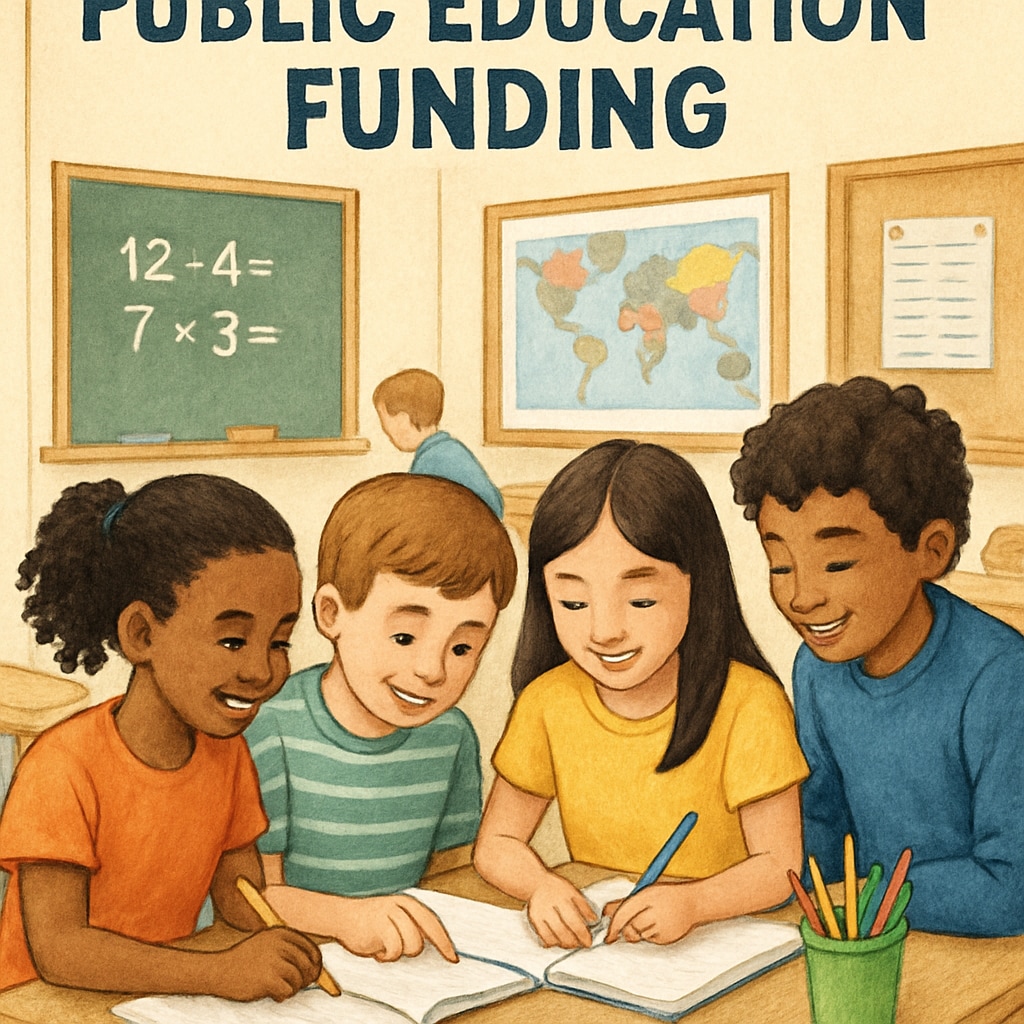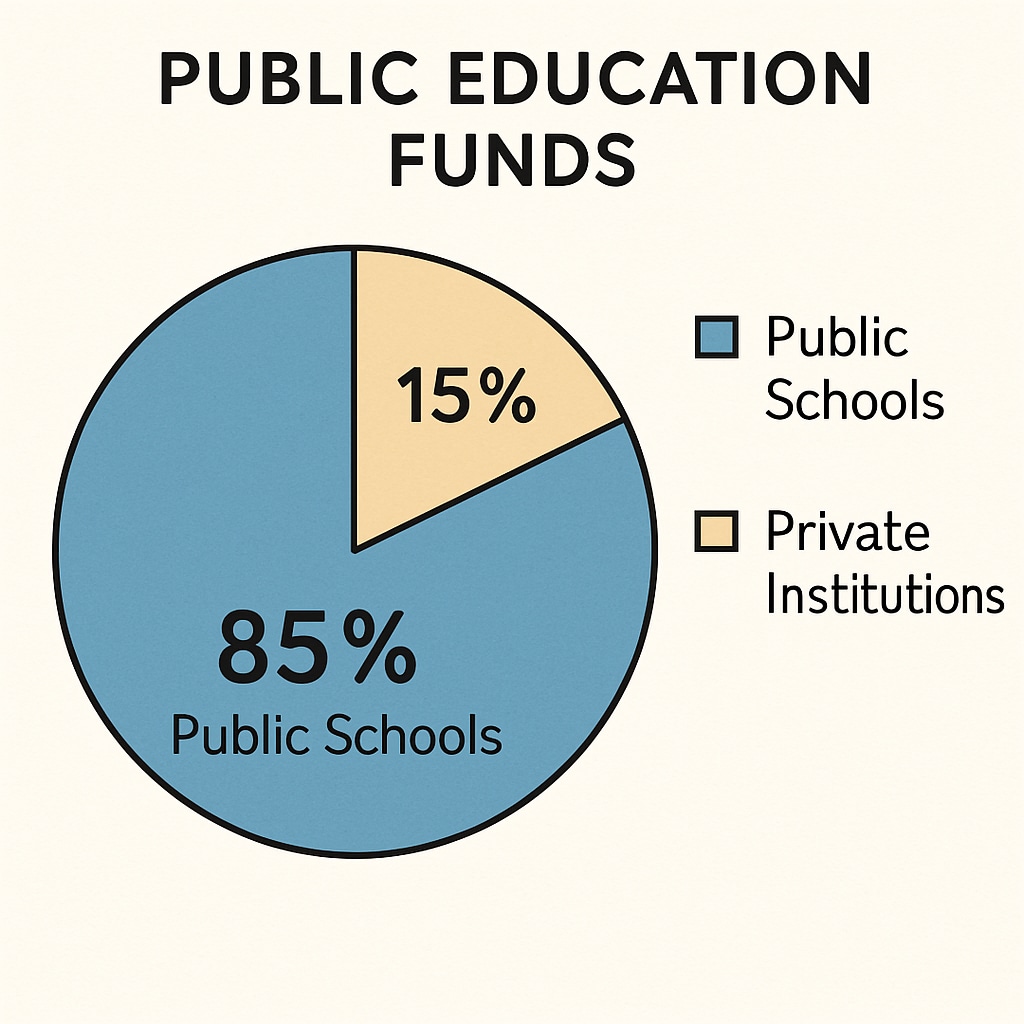In recent years, the redirection of public education funds has become a contentious issue, with organizations like “Stand For Children” playing a significant role. Originally established as an advocate for public education, this organization has increasingly supported legislation that channels public education funds away from public schools to private daycare centers and institutions. This concerning trend toward the privatization of education resources not only threatens the quality of public education but also opens the door to potential resource mismanagement and systemic fraud.
The Shift from Public to Private: A Growing Concern
The concept of privatizing public education resources is not new, but the scale at which it is happening is alarming. In states like Oregon, “Stand For Children” has lobbied for laws that repurpose funds intended for public schools. These funds are now being allocated to private childcare facilities and other institutions, often without stringent oversight. While proponents argue that this provides parents with more choices, critics highlight the long-term risks, including reduced funding for already struggling public schools and increased inequality in education access.

Public schools rely heavily on government funding to maintain infrastructure, hire qualified teachers, and provide essential services such as special education programs. Diverting these funds weakens the public education system and leaves disadvantaged communities even more vulnerable. According to a Britannica article on public schools, equitable funding is critical for maintaining a high standard of education for all students, regardless of their socioeconomic status.
Impact on Education Quality and Equity
The diversion of public education funds to private entities often results in a decline in education quality. Unlike public schools, private institutions are not held to the same accountability standards. This lack of oversight can lead to inconsistent educational outcomes and resource mismanagement. For example, funds may be used for administrative costs rather than directly benefiting students. Furthermore, the privatization trend exacerbates inequities within the education system. Wealthier families may be able to afford supplemental private options, while low-income families are left with underfunded public schools.

In addition to quality concerns, there is the issue of transparency. Public schools are required to disclose how their funds are allocated, ensuring a level of accountability to taxpayers. Private entities, however, are not subject to the same scrutiny. This lack of transparency increases the risk of fraud and misuse of funds. A Wikipedia entry on education policy notes that privatization often leads to fragmented oversight, making it difficult to track how resources are used.
A National Trend with Far-Reaching Consequences
What started in Oregon is now gaining traction across the United States. As more states consider similar legislation, the implications for public education are profound. Reduced funding for public schools could lead to larger class sizes, outdated teaching materials, and fewer extracurricular programs. Additionally, the erosion of public education undermines one of the cornerstones of a democratic society: equal access to quality education for all.
To address this growing issue, policymakers must prioritize transparency and accountability in education funding. Public funds should be used to strengthen public schools, not to subsidize private enterprises. Communities must also advocate for equitable education policies to ensure that every child has access to high-quality learning opportunities.
In conclusion, the privatization of education resources poses significant risks to the integrity and equity of public education. Organizations like “Stand For Children” must be held accountable for their role in this shift. Public schools are the backbone of our education system, and their funding should remain a top priority to safeguard the future of our children and society as a whole.
Readability guidance: This article uses short paragraphs and clear transitions to enhance readability. Key points are summarized under distinct headings, and external links provide additional context. The tone is professional, and jargon is minimized for accessibility to a broad audience.


